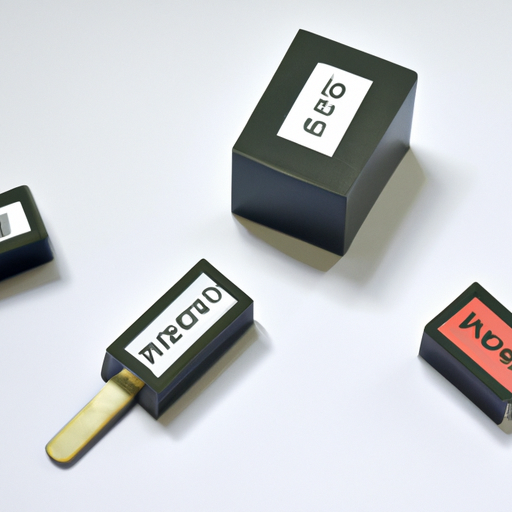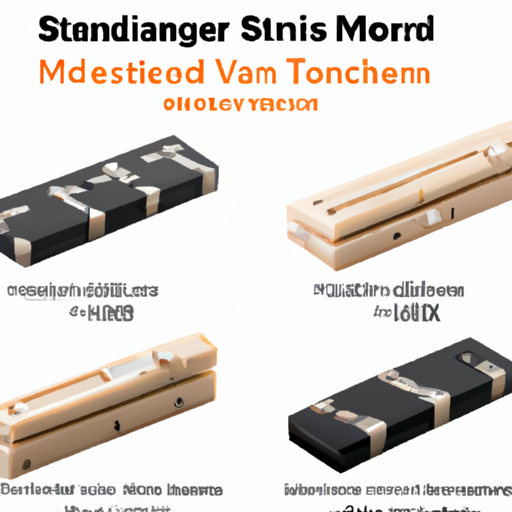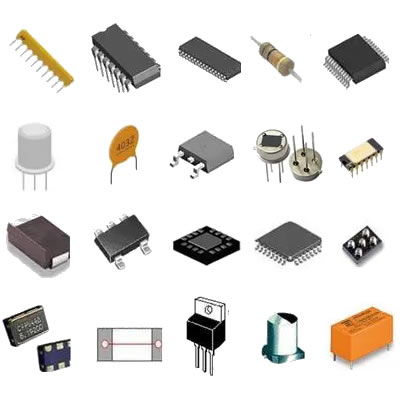What are the power product models of popular resistors?
What are the Power Product Models of Popular Resistors?
I. Introduction
Resistors are fundamental components in electronic circuits, serving the crucial role of limiting current flow and dividing voltages. They are essential for controlling the behavior of electrical signals and ensuring that devices operate within their specified parameters. One of the most critical aspects of selecting a resistor is understanding its power rating, which indicates how much power the resistor can safely dissipate without overheating or failing. This article aims to provide a comprehensive overview of the power product models of popular resistors, exploring their types, power ratings, and applications.
II. Understanding Resistor Power Ratings
A. Explanation of Power Rating and Its Significance
The power rating of a resistor is the maximum amount of power it can handle without being damaged. It is typically measured in watts (W) and is a crucial factor in ensuring the reliability and longevity of electronic devices. Exceeding a resistor's power rating can lead to overheating, which may cause the resistor to fail, potentially damaging other components in the circuit.
B. Factors Influencing Power Ratings
Several factors influence the power ratings of resistors:
1. **Material Composition**: The materials used in a resistor's construction significantly affect its power handling capabilities. For example, wirewound resistors, made from metal wire, can handle higher power levels than carbon film resistors.
2. **Physical Size and Construction**: Larger resistors generally have higher power ratings due to their ability to dissipate heat more effectively. The construction method, such as whether the resistor is encapsulated or exposed, also plays a role in its thermal management.
3. **Environmental Conditions**: The operating environment, including temperature and airflow, can impact a resistor's power rating. Resistors in high-temperature environments may require derating, meaning their maximum power rating is reduced to prevent failure.
C. Common Units of Power Measurement (Watts)
Power is measured in watts, with common ratings for resistors ranging from fractions of a watt to several hundred watts. Understanding these ratings is essential for selecting the appropriate resistor for a given application.
III. Types of Resistors
Resistors come in various types, each with unique characteristics and applications. The most common types include:
A. Fixed Resistors
1. **Carbon Film Resistors**: These resistors are made by depositing a carbon film on a ceramic substrate. They are widely used due to their low cost and decent performance. Typical power ratings range from 0.125W to 2W.
2. **Metal Film Resistors**: Known for their accuracy and stability, metal film resistors are made by depositing a thin layer of metal onto a substrate. They typically have power ratings from 0.1W to 1W and are favored in precision applications.
3. **Wirewound Resistors**: Constructed by winding a metal wire around a ceramic core, wirewound resistors can handle high power levels, often exceeding 100W. They are commonly used in power applications and high-current circuits.
B. Variable Resistors
1. **Potentiometers**: These adjustable resistors allow users to change resistance values manually. They are often used in volume controls and tuning circuits, with power ratings typically around 0.1W to 1W.
2. **Rheostats**: Similar to potentiometers but designed to handle higher currents, rheostats are used for applications requiring variable resistance, such as in motor speed controls. Their power ratings can range from 1W to several hundred watts.
C. Specialty Resistors
1. **Thermistors**: These temperature-sensitive resistors change resistance with temperature variations. They are commonly used in temperature sensing and compensation applications, with power ratings typically around 0.1W to 1W.
2. **Photoresistors**: Also known as light-dependent resistors (LDRs), these resistors change resistance based on light exposure. They are used in light-sensing applications, with power ratings generally below 0.1W.
IV. Power Product Models of Popular Resistors
A. Carbon Film Resistors
Carbon film resistors are popular for general-purpose applications. They typically have power ratings ranging from 0.125W to 2W. Their advantages include low cost and decent stability, while disadvantages include lower precision compared to metal film resistors.
B. Metal Film Resistors
Metal film resistors are favored in applications requiring high accuracy and stability. They usually have power ratings from 0.1W to 1W. Their advantages include low noise and high precision, while their disadvantages include a higher cost compared to carbon film resistors.
C. Wirewound Resistors
Wirewound resistors are ideal for high-power applications, with ratings often exceeding 100W. They are known for their robustness and ability to handle high currents. However, they can be bulkier and more expensive than other types of resistors.
D. Potentiometers
Potentiometers are versatile components used in various applications, with power ratings typically around 0.1W to 1W. They offer the advantage of adjustability, but their power handling capabilities are limited compared to fixed resistors.
E. Specialty Resistors
1. **Thermistors**: These resistors are crucial in temperature sensing applications, with power ratings generally around 0.1W to 1W. They are sensitive to temperature changes, making them ideal for precise temperature control.
2. **Photoresistors**: With power ratings typically below 0.1W, photoresistors are used in light-sensing applications. They are inexpensive and easy to use but may not be suitable for high-power applications.
V. Calculating Power Dissipation in Resistors
A. Ohm's Law and Its Relevance
Ohm's Law is fundamental in understanding how resistors operate. It states that the current (I) through a resistor is directly proportional to the voltage (V) across it and inversely proportional to the resistance (R). This relationship is expressed as:
\[ V = I \times R \]
B. Power Calculation Formulas
To calculate the power dissipated by a resistor, several formulas can be used:
1. **P = V² / R**: This formula calculates power based on voltage and resistance.
2. **P = I² × R**: This formula calculates power based on current and resistance.
3. **P = V × I**: This formula calculates power based on voltage and current.
C. Importance of Heat Management in Resistor Applications
Effective heat management is crucial in resistor applications to prevent overheating and ensure reliability. Proper heat dissipation techniques, such as using heat sinks or ensuring adequate airflow, can significantly enhance a resistor's performance and lifespan.
VI. Selecting the Right Resistor for Your Application
A. Factors to Consider When Choosing a Resistor
When selecting a resistor, several factors should be considered:
1. **Power Rating**: Ensure the resistor can handle the expected power dissipation in the application.
2. **Tolerance**: The tolerance indicates how much the actual resistance can vary from the stated value. Lower tolerance values are preferred for precision applications.
3. **Temperature Coefficient**: This parameter indicates how much the resistance changes with temperature. A low temperature coefficient is desirable for stable applications.
B. Common Applications and Their Resistor Requirements
1. **Audio Equipment**: Resistors in audio circuits often require low noise and high precision, making metal film resistors a popular choice.
2. **Power Supplies**: High-power applications, such as power supplies, typically use wirewound resistors due to their ability to handle significant power levels.
3. **Signal Processing**: In signal processing applications, precision resistors with low tolerances are essential for maintaining signal integrity.
VII. Conclusion
Understanding the power product models of popular resistors is vital for anyone involved in electronics. Selecting the right resistor based on its power rating, type, and application requirements can significantly impact the performance and reliability of electronic devices. As technology continues to evolve, further research and learning in electronics will enhance our ability to design and implement effective circuits.
VIII. References
A. Suggested readings and resources for deeper understanding include textbooks on electronics, online courses, and manufacturer datasheets.
B. Industry standards and guidelines for resistor selection and usage can be found in resources from organizations such as the Institute of Electrical and Electronics Engineers (IEEE) and the International Electrotechnical Commission (IEC).





